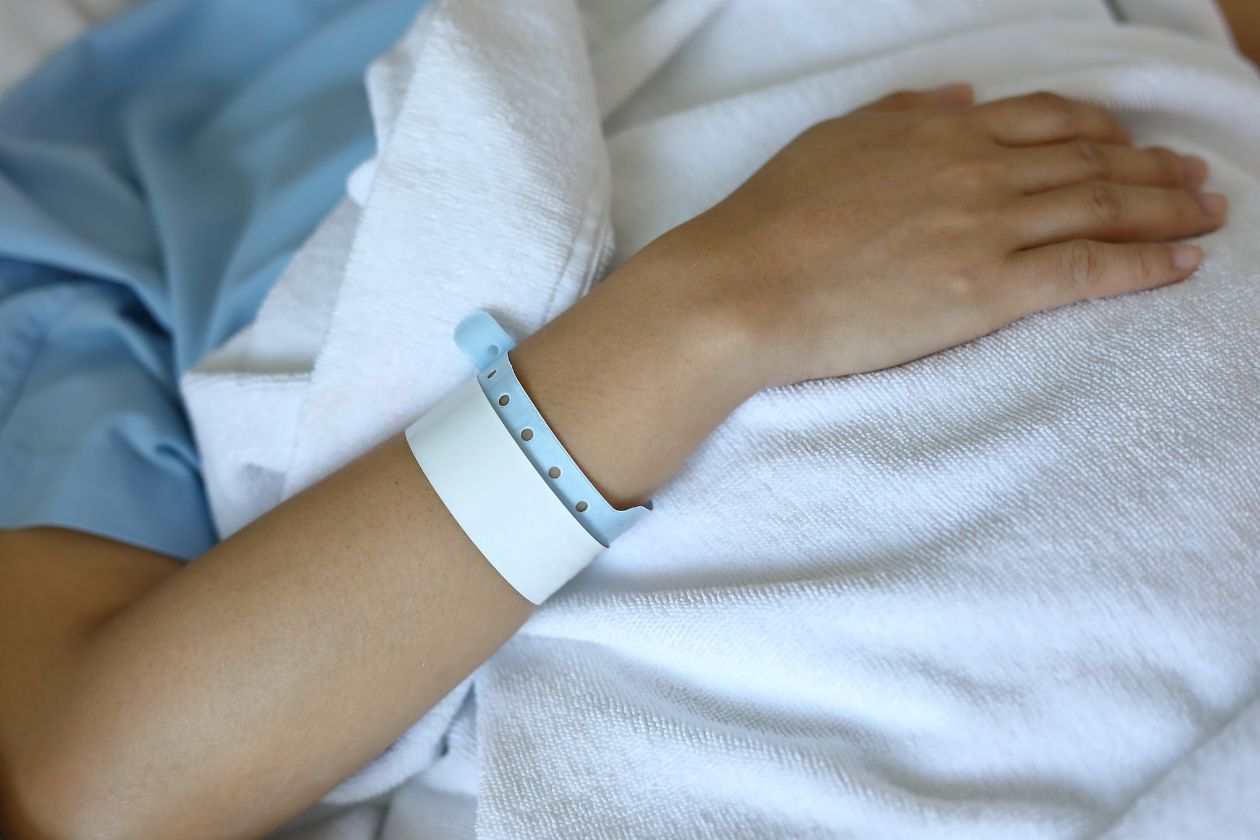With the risks of medical errors and identity mix-ups becoming more prevalent, it’s essential for healthcare providers to establish foolproof methods for patient identification. Incorrect identification can lead to significant medical errors, from misdiagnosis to dispensing the wrong medication. Learn how healthcare providers identify patients reliably using various techniques to maintain patient safety and improve the overall quality of care.
Table of Contents
Using Two Patient Identifiers
To prevent mix-ups and maintain a high level of patient safety, healthcare providers should always verify a patient’s identity using at least two distinct identifiers. The most common and effective identifiers include the patient’s full name and date of birth. Relying on a single identifier, such as the patient’s name alone, can lead to potential confusion, given that multiple individuals may share the same name.
Confirming ID Before Each Interaction
Another way healthcare professionals accurately identify patients is by checking wristbands and verbally confirming the patient’s identity before any procedure, medication administration, or test. Healthcare professionals should make it a habit to perform these checks throughout their shifts.
Standardizing Wristband Requirements
Implementing consistent wristband requirements hospital-wide can significantly improve patient identification reliability. Wristbands should display crucial information, such as the patient’s full name, date of birth, and medical record number.
Correct patient identification is one of the most crucial patient safety tips for hospitals. By standardizing wristbands, medical facilities can minimize the risk of identification errors, ensuring that all relevant information is accessible and readily available for healthcare team members at all levels.
Double-Checking Matches
While technology has undoubtedly improved patient safety and identification, it’s essential not to rely solely on electronic systems for verification. When scanning barcodes or other patient identifiers, healthcare providers should visually confirm the displayed information matches the patient. Double-checking helps catch any discrepancies that technology may overlook and serves as a vital safety net.
Reconfirming Identity at Shift Changes
Lastly, reconfirming patient identities during nursing shift changes is crucial to maintaining patient safety and preventing any potential errors resulting from care responsibility transfers. With every shift change, new personnel may be unfamiliar with previously established patient identities, leading to possible miscommunications and mistakes. Reconfirming identities promotes accountability among healthcare professionals and maintains continuity in patient care.
Accurate patient identification minimizes medical errors, and providers should use a combination of reliable techniques, like multiple identifiers, confirmation of IDs before interactions, visually double-checking data, and emphasizing identity confirmation during shift changes. These steps create a more effective and efficient care environment.




